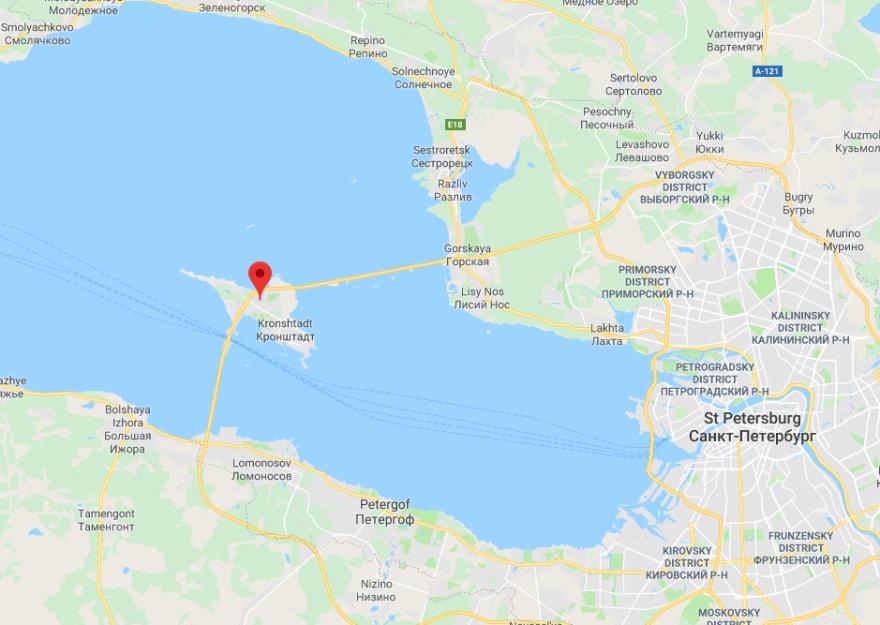

Kotlin has properties that can have getters and setters, while Swift has computed properties and property observers. Kotlin has data classes that automatically generate equals, hashCode, toString, and copy methods, while Swift does not. This is not surprising, since increased type-safety is one of the main arguments to choose a functional language. The getValue method returns the key associated with the value. If the key does not exist, a null value will be returned. getKey is used to obtain the value of a specified key. To obtain keys and values, use the get method. Swift has associated values and raw values for enums, while Kotlin has sealed classes and enum classes. A Kotlin Map ‘s ability to access key-value pairs is crucial. Swift has arrays, sets, and dictionaries as collection types, while Kotlin has lists, sets, and maps. For example, Swift uses the ? and ! operators to unwrap optionals, while Kotlin uses the ? and !! operators. That is, if x is null, then map it to null, else map it to f(x). Emitting null is convenient when returning. However, there are also some notable differences, such as how they handle optionals, collections, enums, data classes, and properties. Multi does not support null items as it would break the compatibility with the Reactive Streams protocol. They also support some advanced concepts, such as generics, lambdas, extensions, null safety, and coroutines or async/await.
Swift and Kotlin have many similarities in their syntax and features, such as using curly braces for blocks, semicolons for line endings, variables, constants, functions, classes, and protocols or interfaces. This will give you a Map

 0 kommentar(er)
0 kommentar(er)
